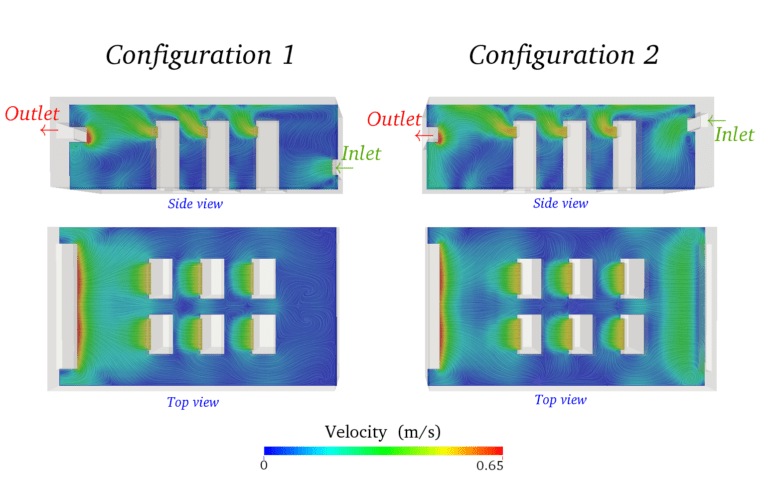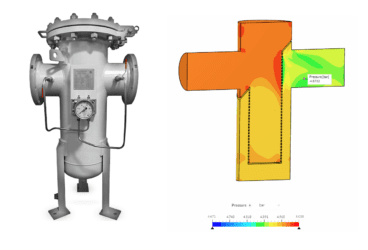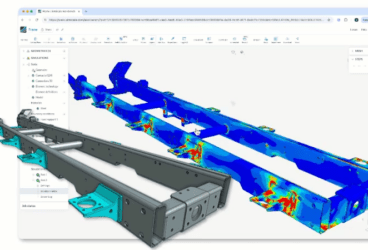When my father was a kid, the term “computer” started to become popular. Computers were an invention that was not within the reach of the general public. During my school life, we had computer laboratories to teach us the basics of computing. We all thought, “What a tremendous change over a short period of time!” It’s not so long since those days, and now the average person uses two PCs or laptops every day—one for work and one for personal use. Now the trends are shifting again, and smartphones and tablets are replacing personal computers. That seems to be a revolution.
There are technological developments happening at every single minute, and at lightning speed throughout the world. One of the most recent trends being implemented by technology giants such as Google and Microsoft is cloud storage. I’m sure you are aware of the new revolution Industry 4.0 which includes Internet of Things and Cloud Computing. I strongly believe that the future generation will consider “hard disks” or “local storage” ancient relics of the past. Why? Because data centers are making their way into our world.
Data Center Cooling What is a Data Center?
According to its formal definition[1], “a data center is a facility that centralizes an organization’s IT operations and equipment, and where it stores, manages, and disseminates its data. Data centers house a network’s most critical systems and are vital to the continuity of daily operations.”
Let’s break that definition down into simple words. Let’s go back in time to the moment you first uploaded an image to Facebook. You might have had an account for at least five years now. Did you ever think when you uploaded that first photo that it would still be right there today? It is still there right now, exactly as it was uploaded–including the comments, likes, shares, etc. Why and how does Facebook store all these photos, comments, likes? Well, that is the whole idea of data centers. The storage is done with multiple servers, usually owned and managed by a hosting company.
Similarly, Google, Microsoft, Dropbox and many other tech giants provide consumers with 10s and 100s of gigabytes of online storage. All of the things you keep in your online storage are being stored in data centers. If there was a crash in the data center, it might result in data loss or inaccessibility of data which might be worth millions or, more likely, billions. This is why the careful design and management of data centers is a vital challenge for these companies, and it is definitely worth spending time and money to achieve the best possible configuration. The design considerations include mechanical and electrical engineering infrastructure, technology infrastructure, site location, environmental control, power, fire protection, safety, energy efficient usage, greenhouse gas emissions, power, cooling, etc.
This free infographic illustrates how architects and engineers can use CFD to virtually test and optimize building designs and HVAC systems. Download it for free.
Cooling Data Center Cooling Simulation
So how does SimScale come into play? Most of the design conditions above can be analyzed and controlled by performing some simple engineering simulations. Let’s compare two configurations of a data center cooling system.

The two configurations above have the same inlet and outlet conditions, except that the position of the inlets is different in each. This seems to be a minor change, but in reality, it might end up creating significantly different results. The following images are not just colorful pictures; they have physical relevance based on scientific principles.
In HVAC design problems, we try to minimize the recirculation of fluid as much possible, which ensures proper ventilation in the space. The velocity plot comparison shows that recirculation is reduced in Configuration 2 compared to Configuration 1. The temperature plot illustrated the significance of this reduced recirculation.

Velocity plot

Temperature plot
From the temperature plot, it can be seen that the domain in Configuration 2 has a lower temperature value than the corresponding points in Configuration 1. It was also calculated that the average temperature at the center section of Configuration 1 is 303.9K, whereas the second case has a lower average temperature at 301.8K.
For data center cooling, it is crucial to understand the flow. This information helps us to create a channel for effectively removing the heat dissipated from server vents. The illustrations compare two basic configurations. In general, there can be many other possibilities which might help achieve even better results. Temperature distribution and pressure differences should be uniform to maintain the conditions inside the room.
In this context, engineering simulation helps assist engineers and designers in achieving the best possible design for data center cooling. Save money, save time, save energy!
Download this case study for free to learn how the SimScale CFD platform was used to investigate a ducting system and optimize its performance.
References
- https://www.paloaltonetworks.com/documentation/glossary/what-is-a-data-center




